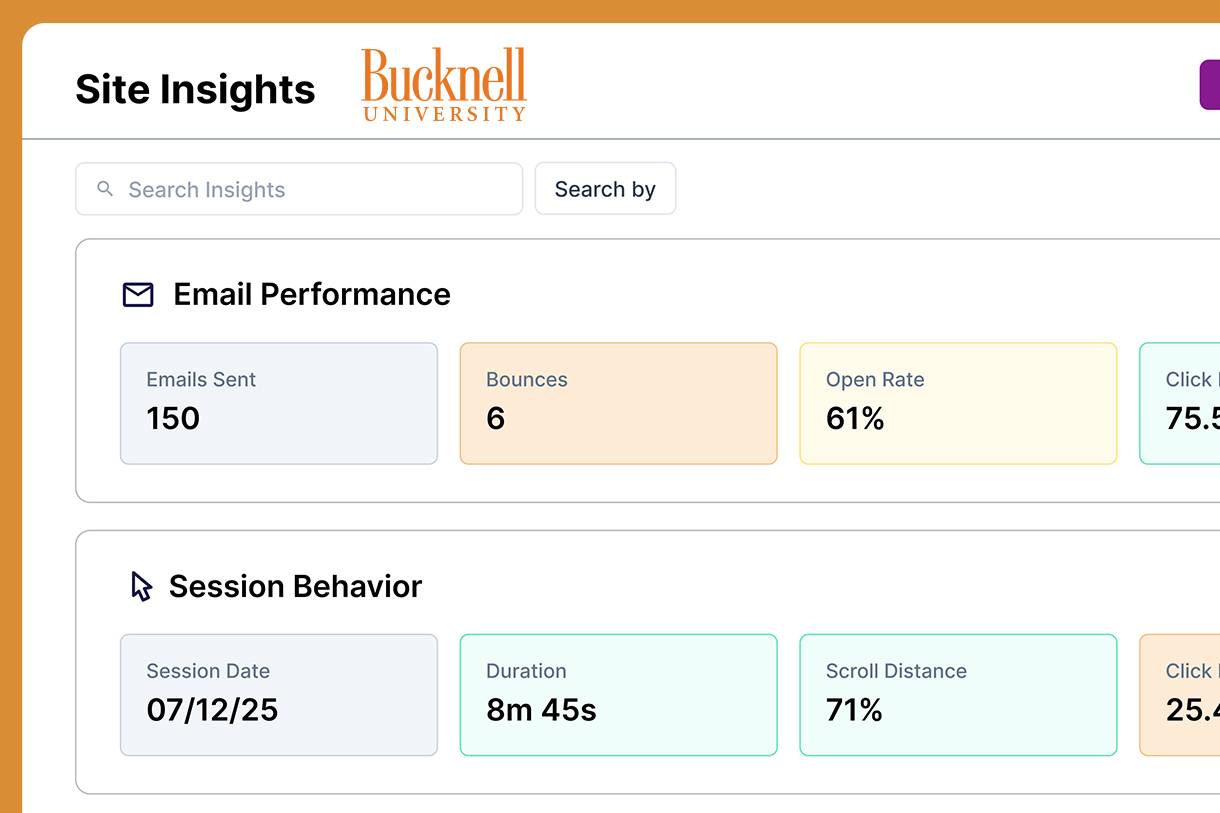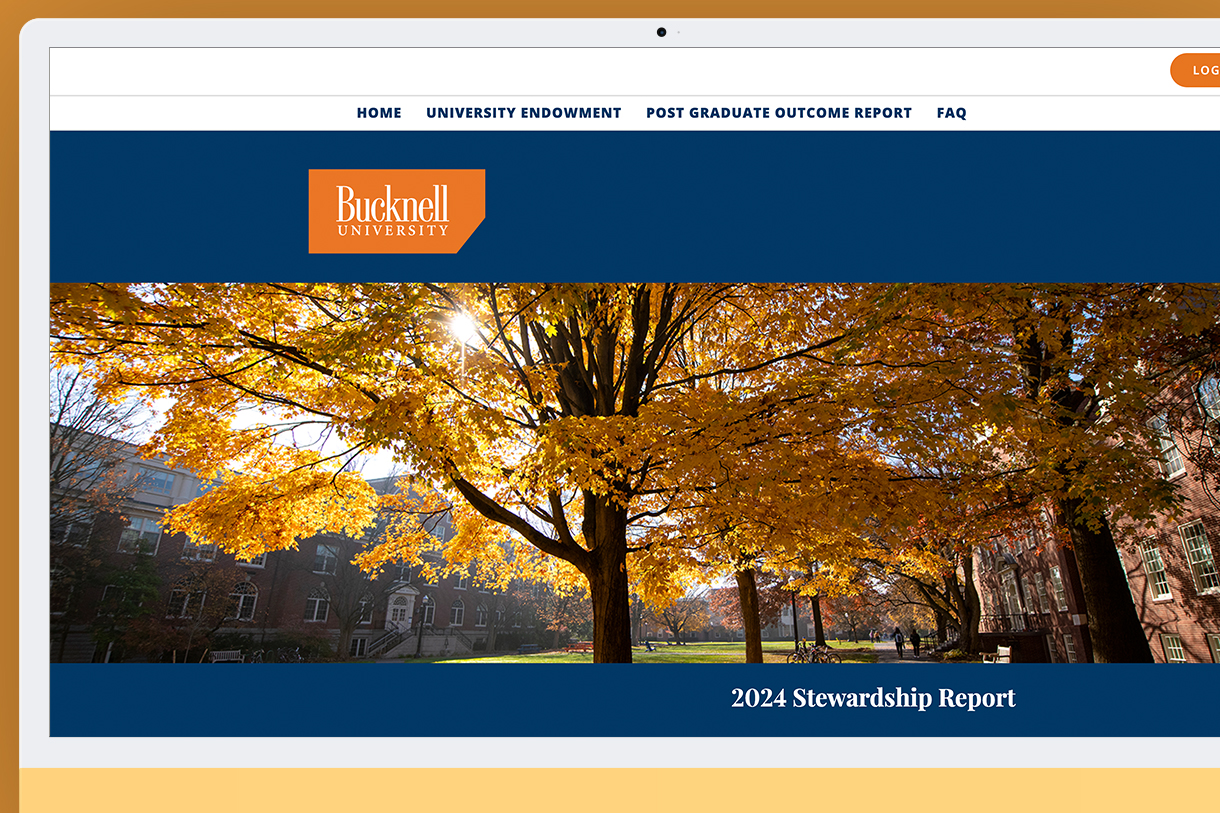Sometime towards the end of the Middle Ages, there lived a very special cat. For the purpose of this fictitious story, we’ll call her Luna. Now, this grimlikan wasn’t like the other cats in her village. They scurried about, avoiding the noise and dangers of human activity. Luna held her head—and tail for that matter—as high as possible.
She explored the areas that no other feline dared go. She’d walk the busy streets of the farmer’s market, she’d stick her head in the butcher’s workshop looking for scraps, she’d visit the granary and stalk rodents. All her fellow felines agreed, Luna was one curious cat.
And then one day, during one of these non-conforming adventures, she ran out of lives. Was Luna killed by her own curiosity?

No one knows definitively where the term “curiosity killed the cat” originated. The first reference comes from a comedic play. In 1598, English playwright Ben Johnson used the term “care kills the cat” in Every Man in his Humour. The word “care” in Johnson’s time would be defined as “nosiness” today. The line was part of a nonsensical sing-songy passage, and it’s unclear if he was quoting a common idiom or if he invented the phrase for syllabic balance.
Later, Shakespeare used the term in Much Ado About Nothing. It’s possible he borrowed the idea from Johnson, but it’s equally possible that this was a commonly used phrase. Playwrights provide most of what we know about Middle English slang. So while it might be impossible to determine where the idiom began, we can make an educated guess as to why.
A century before Johnson penned his play, a young German metalworker was testing his new invention. Johannes Guttenberg converted an old wine press into an information delivery system. Prior to Gutenberg, all books—and thus ideas—were written out by hand. Gutenberg’s press reproduced writing mechanically and at a fraction of the cost. Soon, new ideas were flowing across the European continent.
Hartmann Schedel’s The Nuremberg Chronicle added a humanist perspective to many common folktales and biblical passages. Martin Luther’s handwritten 95-Point Thesis also found its way to a local printer, resulting in an entire nation of German citizens questioning the teachings of the Catholic Church. New ideas set free, political havoc and confusion reigned. And to make things worse for the incurious and disinterested old guard, growth in print and the resulting literacy created a demand for eyeglasses. It didn’t take long for those glassmakers to look for bigger opportunities. Specifically, they looked up.
In August of 1609, the Italian engineer Galileo was building a new tool in his workshop. By inserting a convex and a concave lens into a tube, the device could magnify far away objects. Galileo’s telescope was an immediate success.

Working with a group of nobles in Venice, Galileo demonstrated the power of his invention. Together, they climbed a tall church tower and began peering out at the horizon. Ships not visible to the naked eye appeared clearly in the telescope. The nobles immediately recognized the military importance of Galileo’s magnification device. But Galileo’s curiosity was much greater, or farther, depending on how you look at it.
A hundred years earlier, a Polish official named Nicolaus Copernicus made a remarkable discovery. He realized that explaining the strange celestial movements of the planets, which seemed to dance across the night sky, became far simpler if they were orbiting the sun rather than the earth. Without any tools to visually observe this theory, Copernicus used math to prove the sun—not the earth—was the center of our solar system. He understood the implications of what he had learned. The structure of the cosmos was not just a matter of scientific curiosity. He was challenging thousands of years of spiritual belief about our place in the universe. So Copernicus hid his discovery for the next 33 years.
He would go on to reform Poland’s financial system, design many of its fortifications, and even win glory as a war hero. But only on his deathbed did Copernicus dare publish his argument for a heliocentric universe. Galileo had a copy of Copernicus’ work and used his telescope to observe Copernicus’ idea with his own eyes. Later, he let his peers do the same and published his findings. Curious about what happened next?







